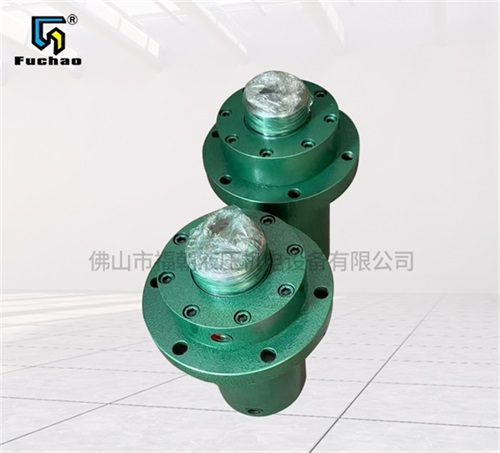Hydraulic cylinder What are the methods for long-term synchronous operation? Let's share it here. I hope the following summary can help you.
The hydraulic cylinder is a hydraulic actuator that converts hydraulic energy into mechanical energy and makes linear reciprocating motion. It has simple structure and stable operation. When it is used to complete the reciprocating movement, it can avoid the reducer, has no transmission clearance, and moves smoothly. Therefore, it is widely used in the hydraulic system of various machines.

In daily use, we often encounter the problem that two hydraulic cylinders need to run synchronously. At this time, we can choose the synchronization circuit of the hydraulic synchronous motor. Because of the same size and high machining accuracy, the flow of each hydraulic motor is basically the same, thus completing speed synchronization. The synchronization accuracy mainly depends on the machining accuracy of the hydraulic motor and hydraulic cylinder and the load uniformity. Because processing errors always exist, synchronization errors are inevitable.
Or select the proportional valve synchronization circuit. This synchronization loop is composed of a servo oil cylinder with a built-in displacement sensor, or a universal oil cylinder with an external displacement sensor and a proportional valve. The stable synchronization operation is achieved through the closed-loop operation consisting of a displacement sensor and a proportional valve. Control signals of two proportional valves, one is set as the reference signal, and the other is set as the follow signal.
Two hydraulic cylinder pumps with equal flow can also be synchronized. The hydraulic servo compensation device consists of a position error detection device, a reaction device and a mechanical hydraulic servo valve. The two rollers are installed on the crossbeam hinged with the two piston rods. The position error of the two hydraulic cylinders can be detected through the steel belt wound on the two rollers. Then, the servo valve can be operated by amplifying the reaction of the reaction rod to control the compensation oil supply flow to the two hydraulic cylinders.



